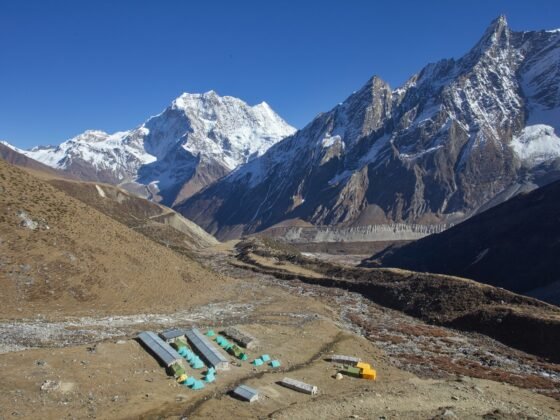
Embarking on off-road adventures can be thrilling, but the rugged terrain demands a vehicle ready for the challenge. Preparing your vehicle for off-road travel is more than just checking the tires and filling the gas tank.
It’s about ensuring your ride can handle the unpredictable twists and turns that come with venturing off the beaten path.
From essential maintenance and strategic packing to practical tips to equip your vehicle for the rough and wild, this article will ensure you have a smoother and safer exploration of untamed landscapes, and a DEF delivery solution you can rely on to keep your off-road adventure going.
What is Off-Road Travel?
Off-road travel refers to the act of journeying or driving a vehicle on surfaces that are not paved or designated for conventional transportation. Off-road vehicles, including motorcycles, ATVs, 4×4 trucks, and dune buggies, are commonly used for this purpose. Off-road travel requires specialized vehicles with enhanced suspension and traction capabilities to effectively navigate uneven and unpredictable terrain.
Travel enthusiasts love exploring off-road and road trip destinations because they provide a unique experience of navigating rugged terrains such as dirt trails, gravel paths, dunes, or rocky landscapes.
Essential Vehicle Checks and Upgrades
Tires: Opt for tires with deep treads suitable for off-road conditions. The right tire choice can significantly improve traction and handling on rough terrains.
Suspension: Upgrading to a robust suspension system can enhance vehicle stability and ride comfort on uneven surfaces.
Engine and Undercarriage Protection: Install skid plates to protect the engine and undercarriage from rocks and debris. Ensure your engine is in top condition, as off-road travel can be demanding on the vehicle’s engine.
Diesel: Preparing your vehicle, especially diesel-powered, for the rugged demands of off-road terrain is crucial for safety and enjoyment. Using high-quality diesel is crucial for maintaining engine performance. Off-road diesel, often more cost-effective and dyed red for identification, is a good choice for non-road vehicles.
It’s important to note that off-road diesel is not legal for on-road use due to tax differences. Ensure your diesel tank is full, and consider carrying extra fuel in certified containers, as off-road routes may have few fueling stations.
Equipping Your Vehicle
Recovery Gear: Carry essential recovery gear like a winch, tow straps, and a shovel. These tools can be invaluable if you find yourself stuck.
Navigation Tools: Reliable GPS and physical maps are essential for navigating unfamiliar terrains.
Emergency Supplies: Pack a first-aid kit, extra food, water, and blankets. Always prepare for unexpected situations.
Pre-Trip Vehicle Maintenance
Perform a thorough check of your vehicle before embarking on your trip. This includes checking fluid levels, brakes, lights, and battery health. Regular maintenance checks during your trip can prevent unexpected breakdowns.
Off-Road Driving Techniques and Tips
Driving Techniques: Learn and practice essential off-road driving techniques such as rock crawling, mud driving, and water fording. Each terrain type requires a different approach and skill set.
Navigating Challenges: Understand how to assess and navigate common off-road challenges like steep inclines, uneven ground, and water crossings. Always assess the risk before attempting to traverse difficult sections.
Conclusion
Preparing your vehicle for off-road travel is a must in ensuring a smooth and enjoyable journey.
By paying attention to basic maintenance and considering the unique demands of off-road terrain, you can minimize the risk of breakdowns and enhance your overall travel experience.
Regular check-ups, tire inspections, and a mindful approach to potential challenges will go a long way in keeping you safe and stress-free during your off-road adventures.
Remember, a well-prepared vehicle boosts reliability and allows you to focus on the thrill of the journey rather than unexpected setbacks. Safe travels!











